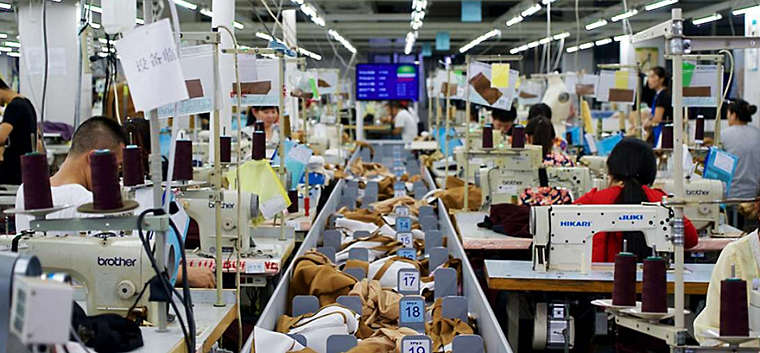
During a recent trip to visit our granddaughter I needed to buy a swim suit so we could go for a dip in the pool at our motel. I was stunned to discover my swim suit cost me only $5.98 at K-Mart.
I’ve never shopped at K-Mart before; call me naïve or perhaps just loyal. I buy my clothes right here in town and figure that supporting local business is more important than saving a buck or two. Really, the prices at K-Mart were so low that I’m still in shock.
Of course, low prices come with their own price. The average salary at K-Mart is only $403 a week, or about $21,000 a year. Only certain workers qualify for benefits, and even employee discounts have been eliminated. In short, super cheap prices at the likes of K-Mart may be good for folks with lower incomes, but the success of such big-box stores means lower incomes for more workers.
With the erosion of the union movement, labor’s ability to place pressure on management to keep wages high enough for families to stay ahead has been eliminated. Big box stores’ consumer products are manufactured overseas at rock-bottom cost, people are employed and paid domestically as close to the minimum wage as possible, and prices for goods are set so low that smaller independent retailers cannot compete. The sum effect of these trends is the creation of a desperate underclass; people who in the past could support a family are now filing for bankruptcy in record numbers. At the same time, America’s largest corporations enjoy the lowest income tax rates since Dwight Eisenhower was president in1959, and America’s billionaire club, 371 billionaires in 2008, grows richer and bigger each year.
On July 24, 2009 the national minimum wage was raised to a whopping $7.25 per hour – $253 for a 35-hour week. On almost the same day, Bank of America, Goldman Sachs and other Wall Street financial companies announced despite taxpayer bailouts, they awarded bonuses to their employees of over $18.5 billion!
As incomes at the upper-end balloon, the ranks of the unemployed grow and the number of lower-income wage earners increases. In what has been described as an “hour-glass” economy, what used to be a growing middle class is now a shrunken, shriveled shell of its former self. The net effect of our trickle-down economic policies is that income inequality is at an all time high.
All this notwithstanding, it’s politics as usual in Washington D.C., where a Congress largely made up of wealthy white men – how dare Supreme Court nominee Sonya Sotomayor question the judgment of white men! A Senate almost entirely comprised of millionaire lawyers, bickers and pontificates about what’s good for America. Relying on ill-founded fantasies of reigniting the consumer credit frenzy of the last two decades, our economic planning ignores reality: the engine of the U.S. economy, the middle class, has been torn asunder.
During the past six months, Wall Street’s upward momentum has been built upon slowing job losses, not job growth. The media’s enthusiasm for this up-tick in the market masks the underlying illness in our economy and ignores the average wage earner’s despair of making any sustainable economic progress.
A Chinese-made swim suit for $5.98! Who would have imagined its true cost.